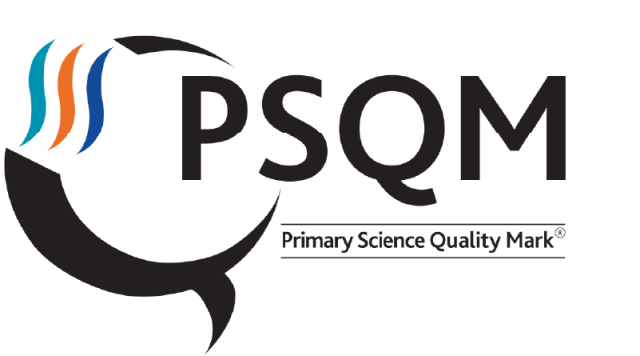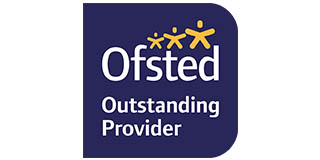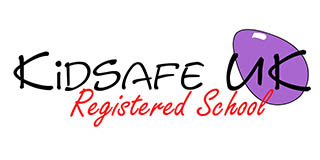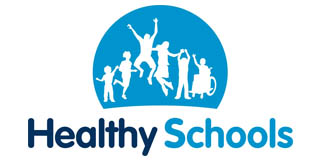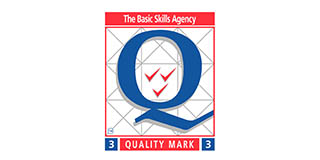Design and Technology
With God All Things Are Possible
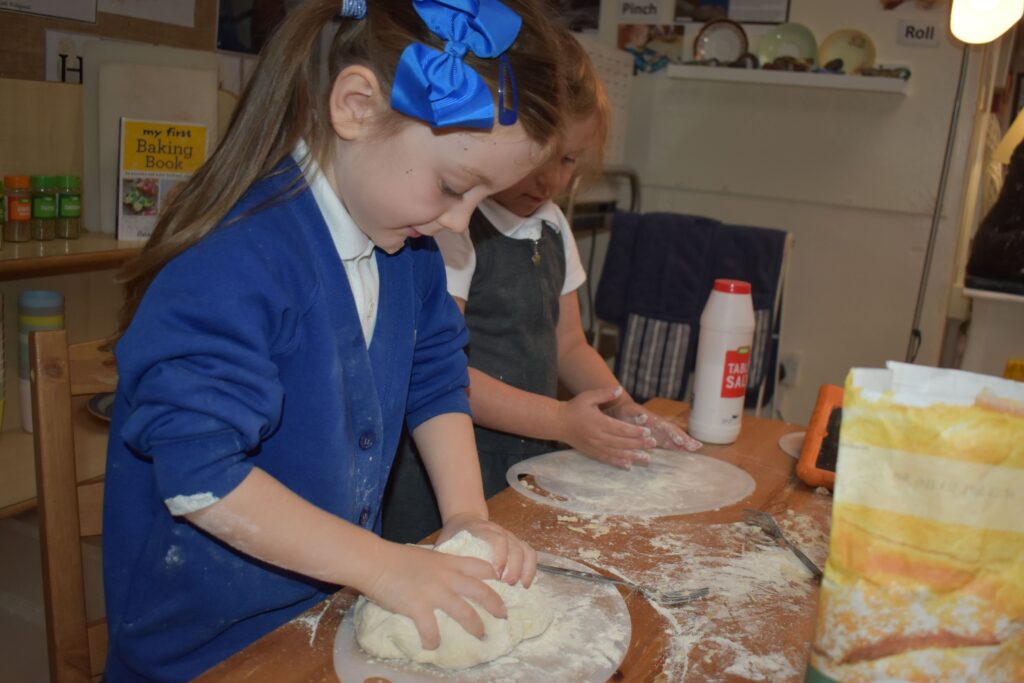
At Benedict Biscop we want our children to learn that with God all things are possible. We want our children to aspire and to achieve highly. We want our children to grow as designers, developing D&T knowledge and skills
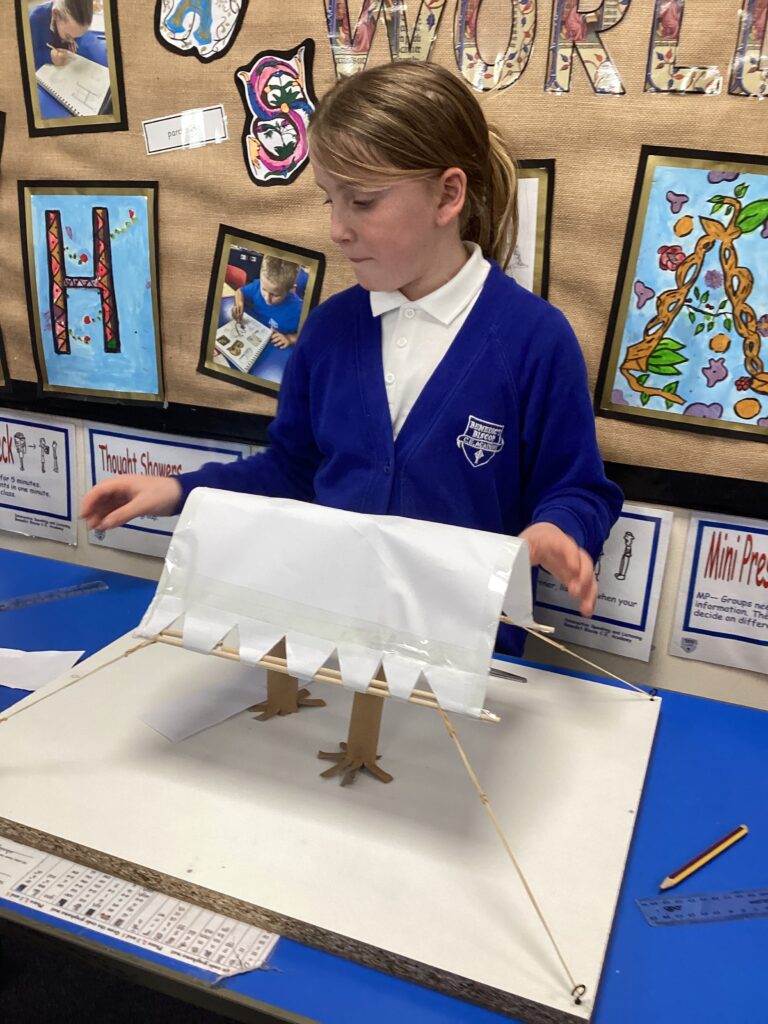
AIMS
The National Curriculum for design and technology aims to ensure that all pupils:
- develop the creative, technical and practical expertise needed to perform everyday tasks confidently and to participate successfully in an increasingly technological world.
- build and apply a repertoire of knowledge, understanding and skills in order to design and make high-quality prototypes and products for a wide range of users.
- critique, evaluate and test their ideas and products and the work of others.
- understand and apply the principles of nutrition and learn how to cook.
We believe that design and technology should develop children with the following essential characteristics to help them become designers:
- The ability to carry out research and ask questions to develop knowledge of users’ needs.
- A knowledge of technological innovations in materials, products and systems
- A knowledge of which tools, equipment and materials to use to make their products.
- The ability to apply mathematical knowledge when designing and making.
- Levels of originality and the willingness to take creative risks to produce innovative ideas
- The ability to use time efficiently and work constructively and productively with others.
- The ability to act as responsible designers and makers, working ethically, using finite materials carefully and working safely.
- The ability to manage risks exceptionally well to manufacture products safely and hygienically.
Where does it start?
- Our early years curriculum is the starting point for all subjects within the Curriculum.
- It ensures that all 7 areas of the Statutory Framework for the Early Years Foundation Stage are covered within each National Curriculum subject area and the Early Learning Goals within each of these areas are able to be achieved.
- Development Matters – Non-statutory curriculum guidance has been used to support the development of progression within our curriculum. Staff are able to use the observation checkpoints to help identify any child who is at risk of falling behind, so they can plan effectively to ensure they reach age-related expectations and end of EYFS.
- In the curriculum below learning objectives have been identified to support the development of key knowledge to ensure our children are school ready for Year 1.
- In order to challenge our pupils, we aim to provide a language rich environment, therefore subject specific vocabulary has been identified to support the development of communication and language across our full curriculum. Within EYFS we use the EEF recommended tiered vocabulary approach.
- Key texts have been identified through our reading spine and story cycle as a method for supporting our pupils to learn through stories.
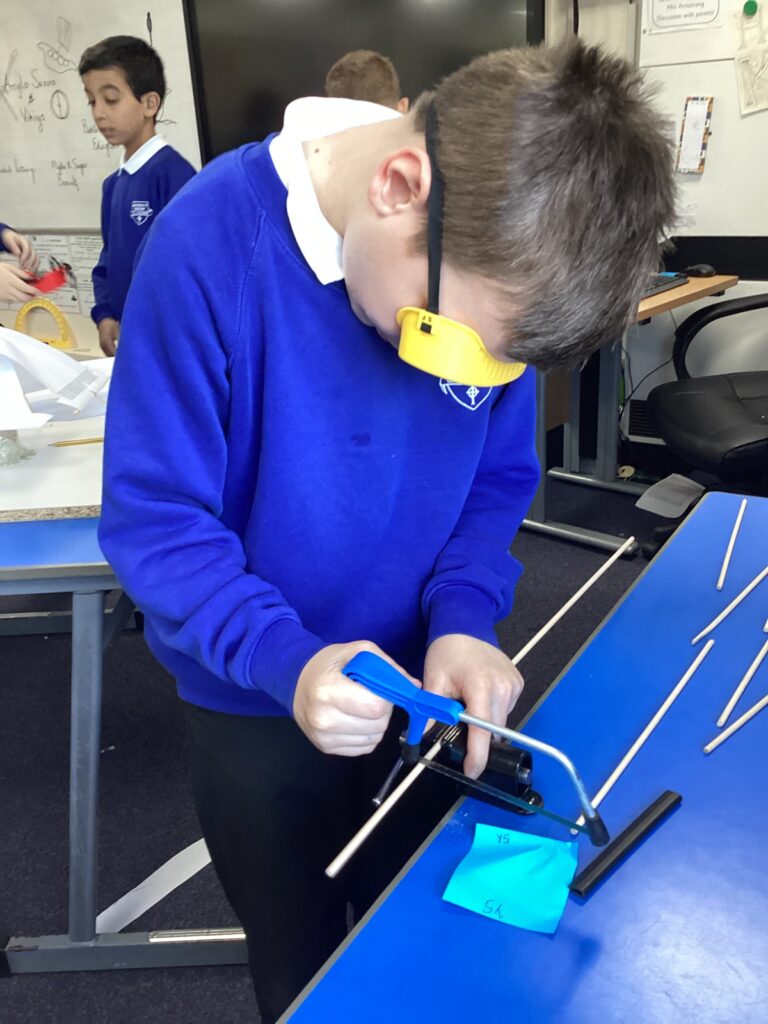
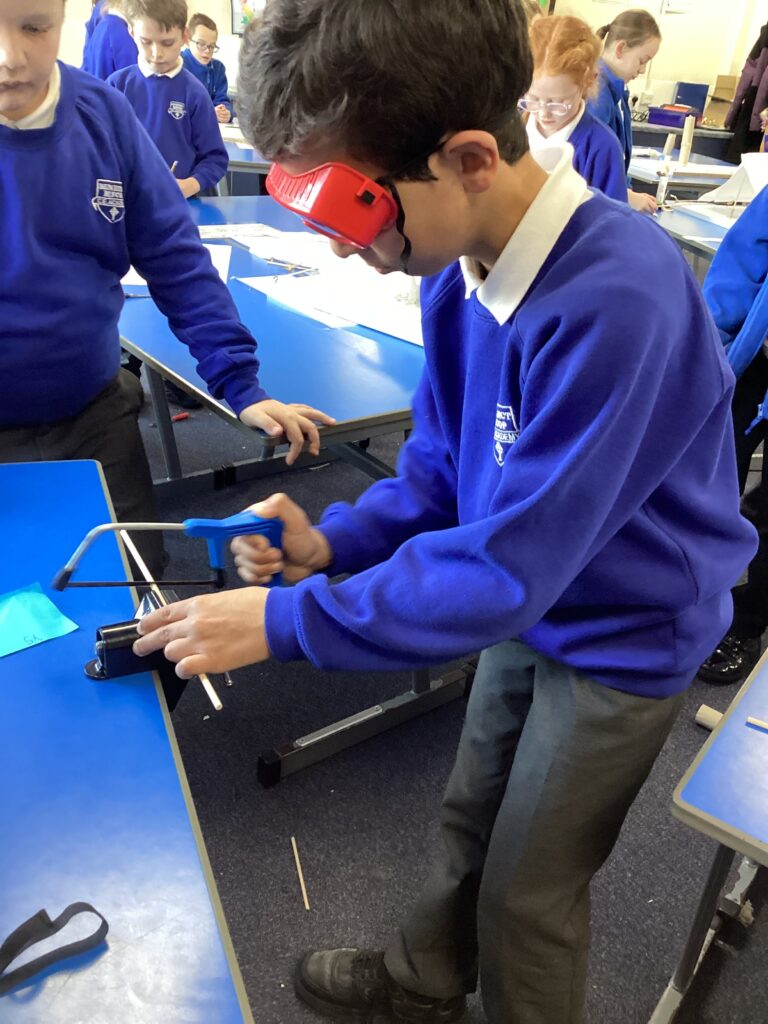
The fundamental role of design and technology lies in allowing children the opportunities to apply their innovation and imagination to create products to solve real and relevant problems.
The pillars of Design and Technology
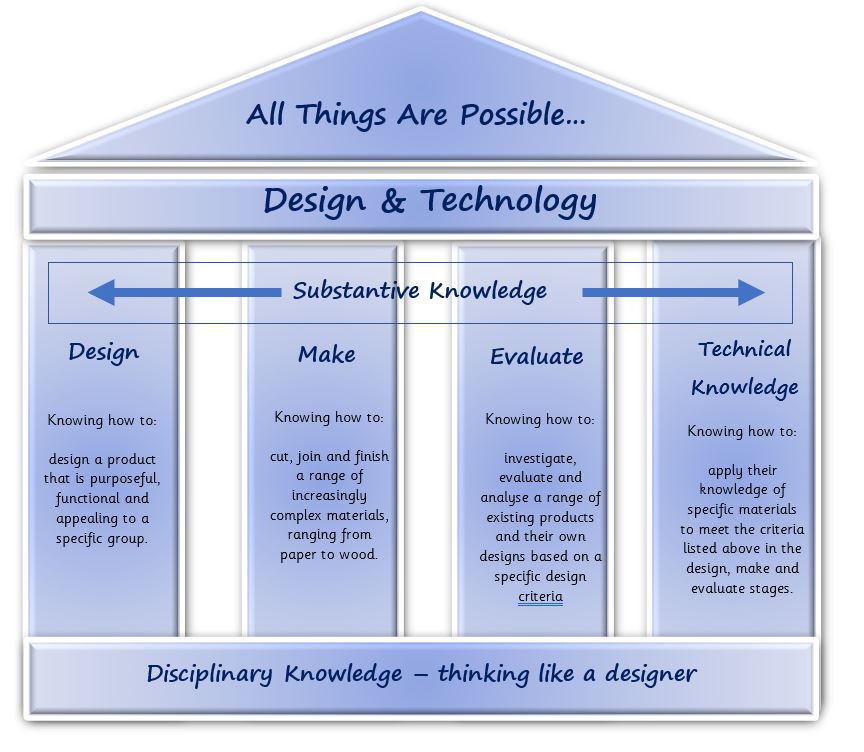
Substantive knowledge in design and technology is based on the knowledge of four key elements of the process of design (design, make, evaluate and technical knowledge). All of these elements will be taught and key vocabulary is taught explicitly and will be deliberately practised and applied through the 4 key elements.
Disciplinary knowledge in design and technology is the process of enabling children to use their substantive knowledge of products and materials around them to make links between and across different areas of the curriculum. Knowledge in design and technology will equip the children with the opportunity to explain how and why products have changed over time and how they might be further improved in the future. They can use their knowledge and understanding to suggest how existing products may be improved with the advances in modern technology. Children will demonstrate that they have the cultural capital to become global citizens, following global themes and fundamental British Values, in an ever changing and technologically advancing world.
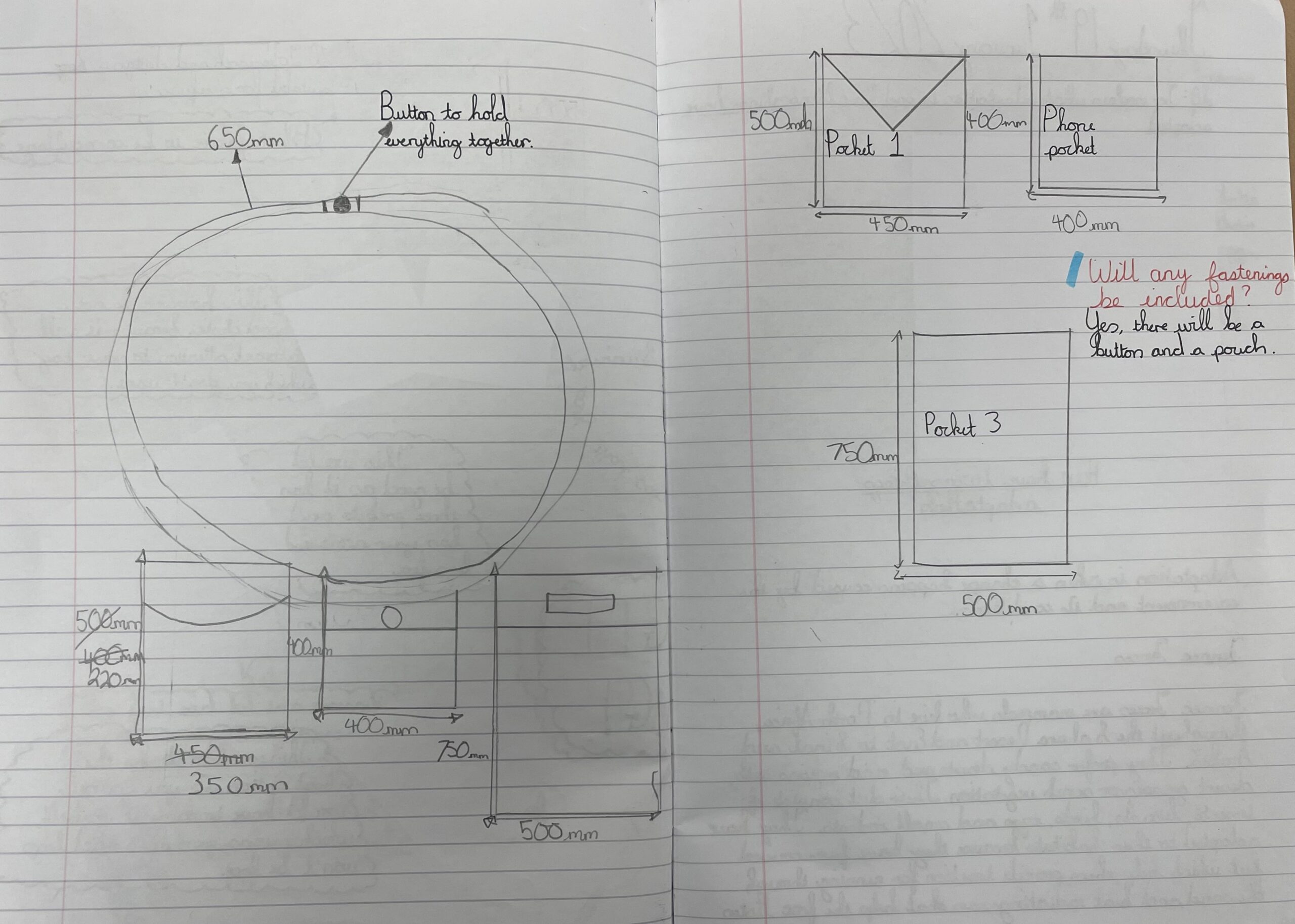
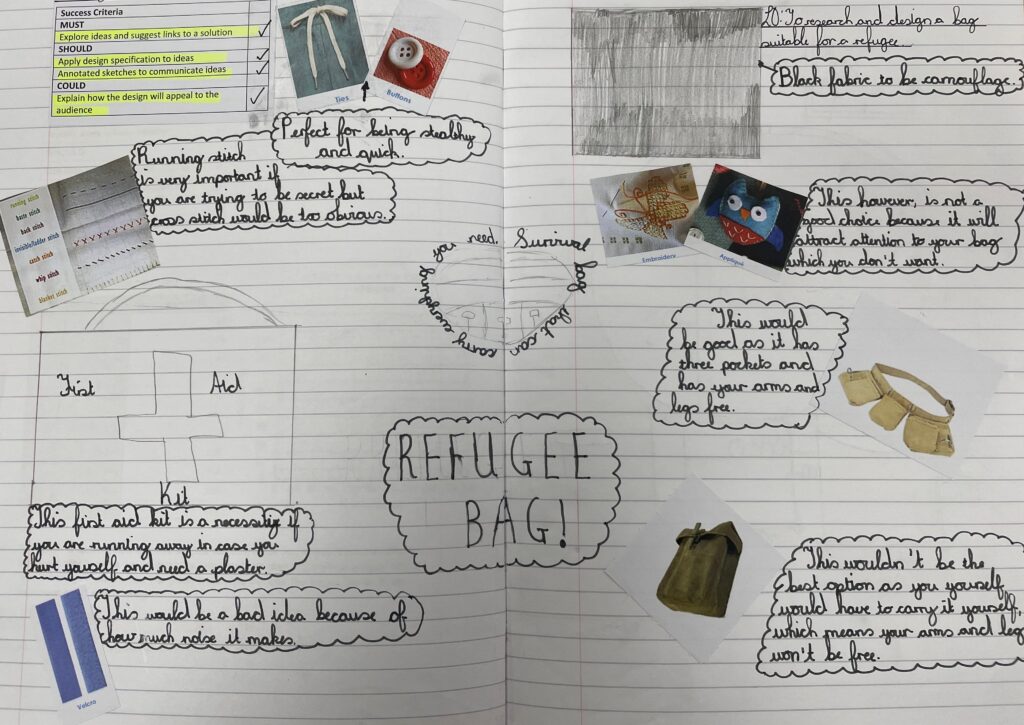
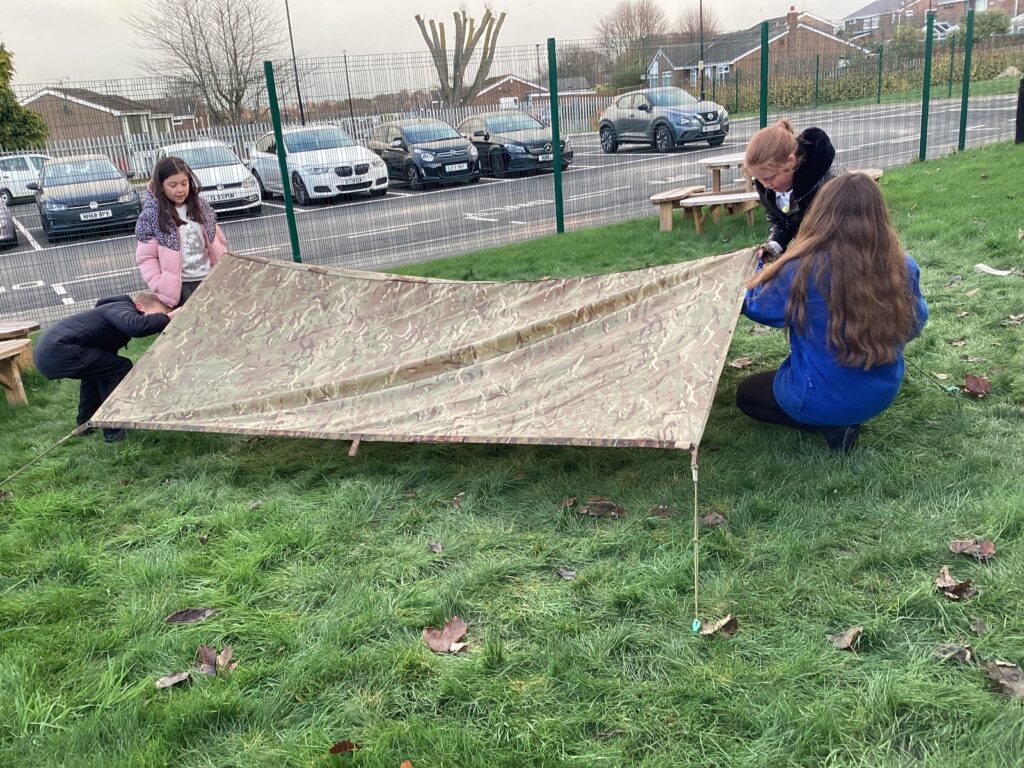
Curriculum overview and design
| Year | Autumn | Spring | Summer |
| EYFS | Cooking and nutrition How do we make healthy food and drinks? Structures How can we make models and structures? | Cooking and nutrition How do we make healthy food and drinks? Structures How can we make models and structures? | Cooking and nutrition How do we make healthy food and drinks? Structures How can we make models and structures? |
| Key Stage 1 Cycle A | Cycle A Textiles Design brief: to design and make a 3-D fabric Christmas decoration | Cycle A Mechanisms [sliders and levers] Design brief: to design and create a moving information display | Cycle A Cooking and Nutrition Design brief: to create a food item to take on a beach picnic |
| Key Stage 1 Cycle B | Cycle B Mechanisms Design brief: to design a vehicle to transport water | Cycle B Structures Design brief: to design and make a bug hotel | Cycle B Cooking and Nutrition Design brief: to design a healthy and nutritious meal to be consumed on an aeroplane. |
| Three | Cooking and Nutrition Design brief: to create alternative recipes for different dietary needs | Textiles Design brief: to design and create a fabric items you may need by the river | Mechanisms [sliders and levers] Design brief: to design and create a moving celebration card |
| Four | Structures Design brief: to design a new outdoor structure for leisure | Structures Design brief: To design and create a bridge | Cooking and Nutrition Design brief: To create a baked snack suitable for 3 different lifestyles. |
| Five | Structures Design brief: to design and make a tensile fabric structure for a warm climate | Cooking and Nutrition/CAD Design brief: to design and create food packaging | Control Design brief: To design and make an alarm for a person and problem of your choice |
| Six | Textiles Design brief: to design and create a fabric item to carry objects a refugee would take with them | Mechanisms [mechanical systems and pulleys] and Electronics Design brief: to design and create a rescue mechanism | Mechanisms and Electronics Design brief: to design and make an electric car |
We have developed our curriculum working alongside the Design and Technology Association [DATA], incorporating statutory and non-statutory guidance such as the EYFS Statutory Framework, Development Matters and the National Curriculum to support our curriculum development.
Children have the opportunity to develop their skills in the main key areas of D&T: textiles, mechanisms, structures, control and cooking and nutrition – these are revisited across key stage 1 and 2, this ensures our curriculum provides the children with skills necessary to succeed in the future.
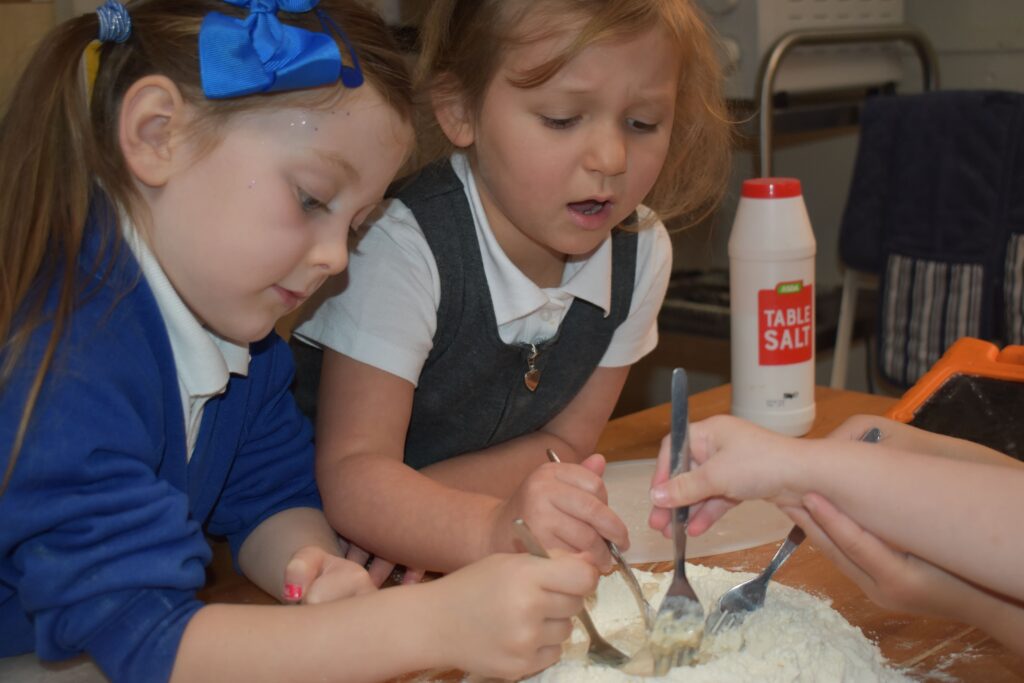
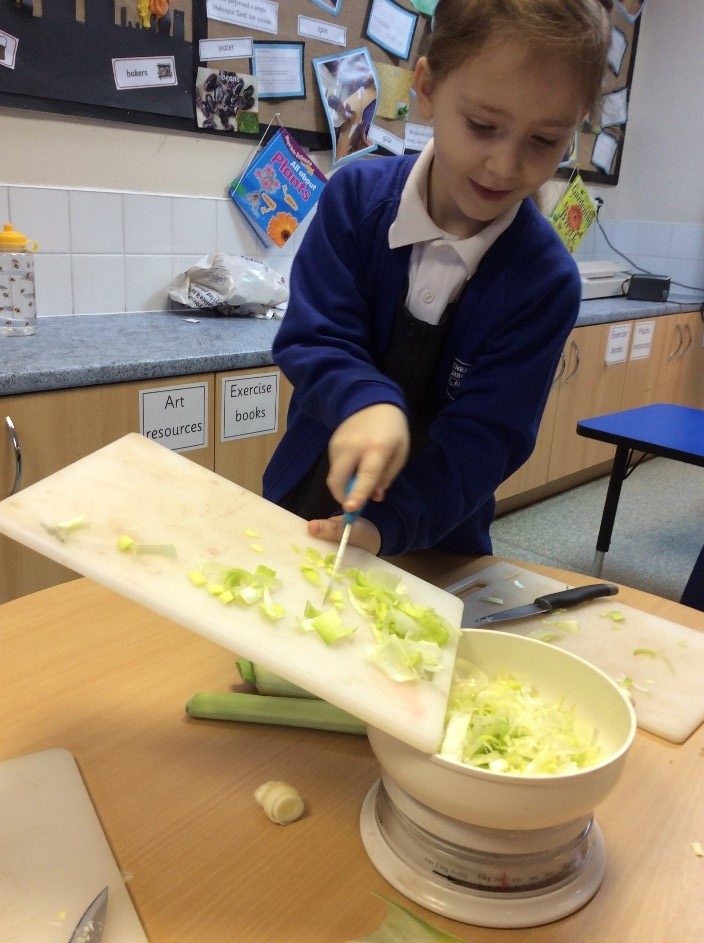
Reading in Design and Technology
Reading underpins all our curriculum. Key texts have been identified as part of our reading spine to help pupils learn about key knowledge in Design and Technology through stories.

SEND
Benedict Biscop promotes a curriculum that puts all pupils, regardless of their needs, at the heart of what we do. By building mutual respect, we accept others for their differences believing that everyone is special and everyone has something to offer. Our inclusive and enriching curriculum, written for all children, provides pupils with meaningful and aspirational experiences as well as promoting personal growth for life-long learning. When the curriculum needs adapting, to suit the needs of individual children, appropriate modifications are made by the class teacher with support of the SENDCo and the Curriculum Subject Lead.
Useful links to further learning
Primary Design and Technology resources (stem.org.uk)
KS2 Design and Technology – BBC Teach
KS1 Design and Technology – BBC Teach
Interested in finding out more?
If you would like to find out more about our curriculum. Please contact the school office by emailing BBinfo@nllt.co.uk and we will ask a member of staff to get back in touch a.s.a.p.









